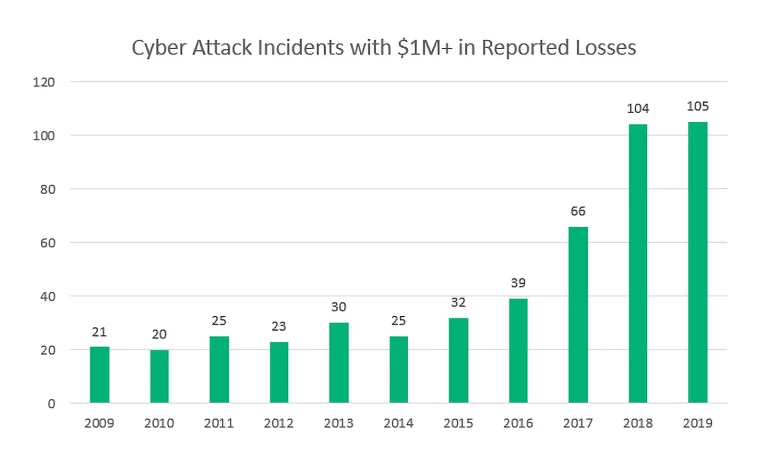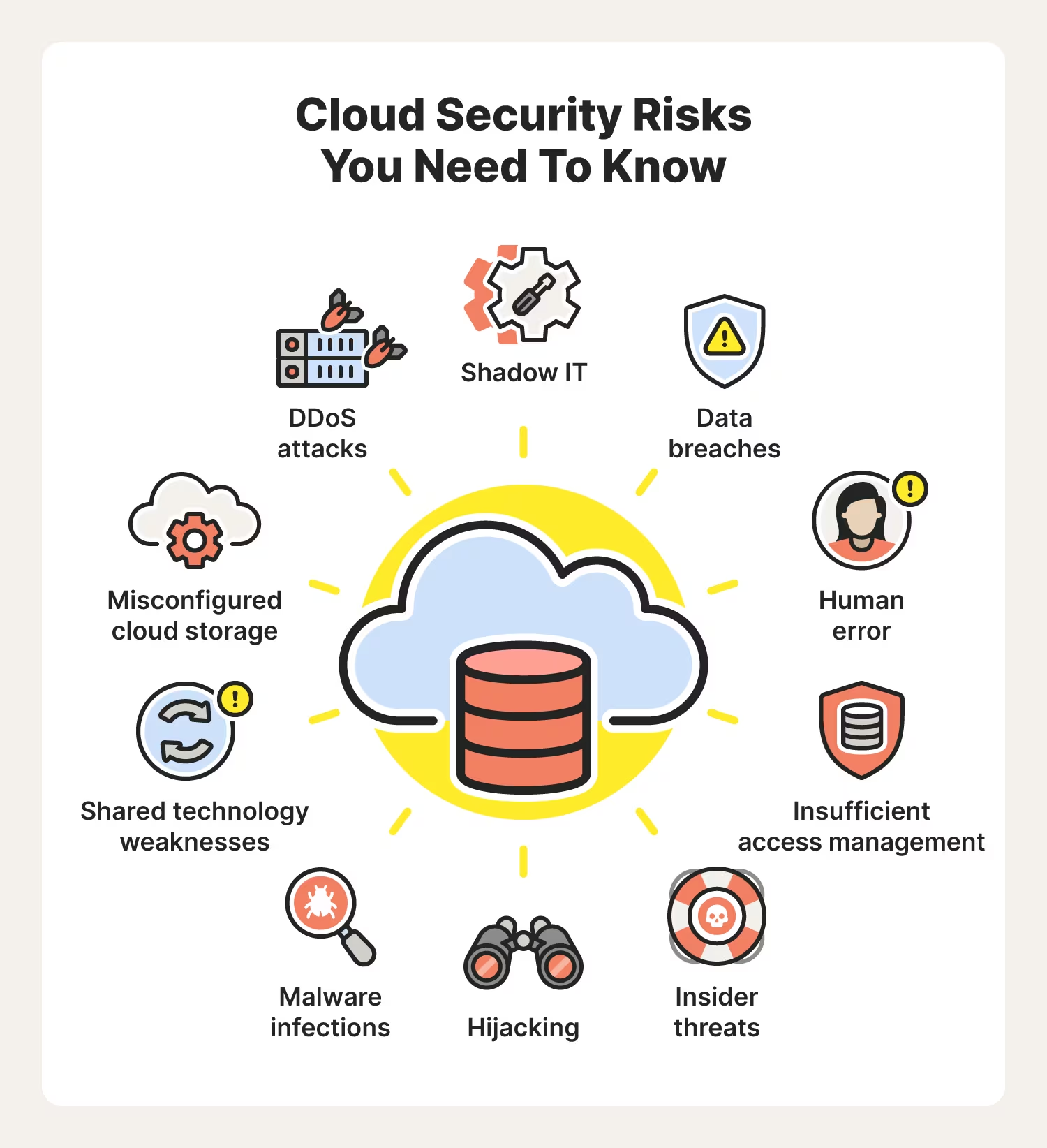Building an IT Infrastructure That's Resilient to Market Volatility
The stock market this year has been one of the most volatile on record. The S&P has seen a nearly 20% drop so far while the Nasdaq has seen almost a 30% drop YTD.
Market volatility has significant implications for enterprises building their IT infrastructure. It can result in team members potentially leaving or being let go, as well as unique threats that arise during downturns, such as a higher incidence of phishing attacks and other types of scams.
Organizations, therefore, need to ensure that their IT infrastructure is highly resilient. By doing so, they will be prepared for—and able to handle—any disruptions and security threats that increase due to market volatility.
Here are some key strategies that IT teams and business leaders can implement in order to achieve this aim.
Ensure the Ability to Respond and Recover
When the market is volatile, it can shift dramatically. Businesses need to be able to respond accordingly.
This means tailoring actions to particular contexts, although this tends to involve a number of common actions.
To respond to a volatile market, you should:
- Boost digital channels to replace or augment traditional sales channels
- Enable employees to work and collaborate remotely
- Keep lights on for IT infrastructure, applications, data, and end-user services
- Deploy secure technologies to protect onsite operations when accessed remotely
- Scale up and down resources in cloud-like environments, in step with any changes to the market. Failing to do so could mean that the cost of supporting your IT infrastructure will outpace revenues.
At the same time, you might need to recover from the negative consequences of a volatile market. Recovery steps can include ramping up and automating operations, as well as rethinking skills and working models to deliver value in the new reality of the market.
Create Full Integration Between IT and Lines of Business
IT teams and business leaders may have mismatched opinions about which functions are truly mission-critical. When this occurs, an enterprise will be unprepared to react effectively to a volatile market.
To build resilient IT infrastructure, cybersecurity teams need to work with the business to identify its critical functions. These business processes should then be placed into the same database as the IT infrastructure. This will allow you to tie the assets together to better understand which service supports which function. From there, it will be relatively simple to reallocate resources and prioritize services.
IT needs to think about resilience from the perspective of a business trying to survive a volatile market, not from the perspective of IT trying to keep mission-critical services or devices online.
Plan and Test
Resiliency depends on preparation. While it’s impossible to precisely sketch out every scenario that could take place, it’s still critical to train IT employees for scenarios in a volatile market that can be anticipated.
Bringing all stakeholders into a room together and walking through various business recovery plans from beginning to end is a good step. This can help you to identify gaps and educate relevant parties in a collaborative, non-confrontational manner.
One essential way to build resilient IT infrastructure is to have internal auditors and external regulators stress-test your plans when things aren’t disruptive.
Continually Monitor and Update
One mistake that many enterprises make is that once an IT strategy is written, it stays on the shelf until disaster strikes.
True IT resiliency requires the continuous collection, evaluation, and monitoring of both internal and external changes. However, this makes it impossible for companies reliant on manual efforts to update their risk and resiliency plans.
If you rely on manual efforts, you should focus on digitization and automation—these are both key to building true operational resiliency, allowing you to pull data from disparate sources (e.g. a new office location, human capital updates, or migration of an application to a different server location) in real-time.
This degree of visibility will not only lead to wiser IT planning, it will allow you to respond in a more agile manner if those plans need to be discarded. And when the market is volatile, these kinds of decisions may be necessary far more often than unusual.
Onboard Data as Quickly and Efficiently as Possible
Onboarding data quickly and efficiently was historically done by creating individual application programming interfaces (APIs). In a volatile market, however, these can become overwhelmed by data tsunamis, and data queues can cripple an enterprise’s databases, creating logjams.
In response to market volatility, more firms have been incorporating data fabrics that have a larger ingestion pipe, which can host data in a more widely accessible manner than a traditional serial API. Data fabrics, given the nature of their in-memory architecture, can onboard and process data faster, scale more easily, and allow the data to be accessible to a more comprehensive group of users.
But not all data fabrics are created equal. Some are limited by the amount of available memory. In today’s challenging environment of market volatility, data fabrics must not only provide an elastic data layer to supply the relevant data to business-critical applications, but should also offer durability to eliminate data loss and ensure reliability in case the available memory is exhausted. This is particularly crucial during times of high and unexpected levels of volume and volatility.
Without the type of IT infrastructure outlined here, operations will become clunky. In this period of uncertainty and volatility, the firms with the most resilient IT infrastructure will flourish—both now and in the future.
Cyberlocke is a comprehensive, full-service IT services provider that architects and implements efficient and secure solutions for enterprise customers and their data centers. We specialize in security, cloud, managed services, and infrastructure consulting. Contact Us today to learn more.


